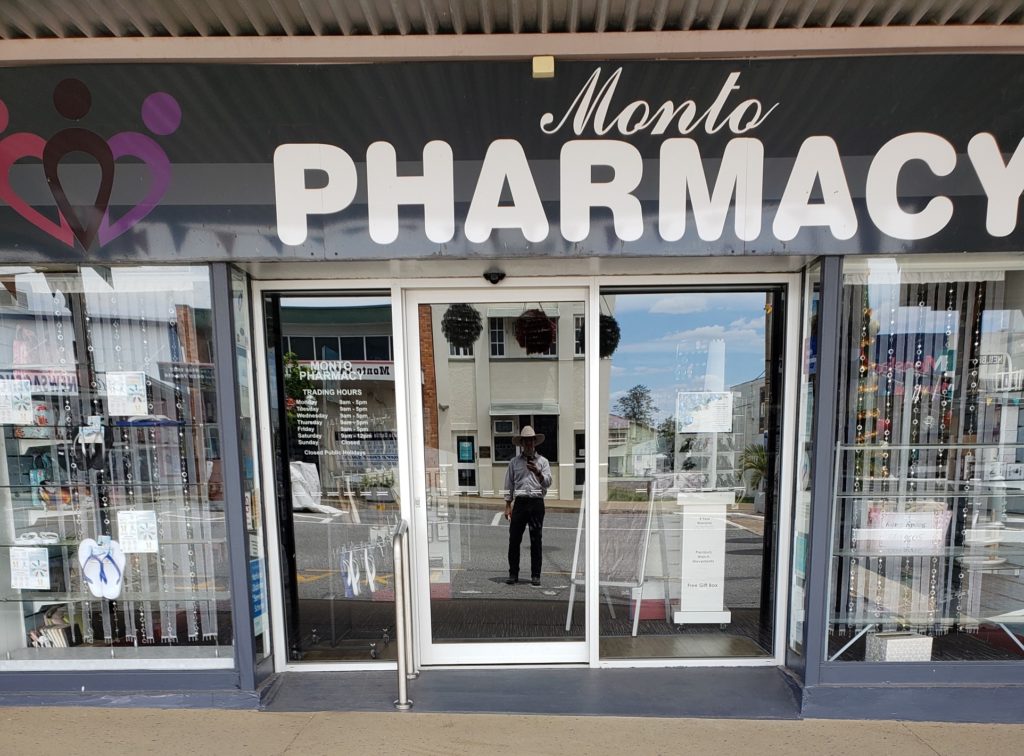
The town of Monto is small. The population is about 1,189. For perspective, this is basically the capacity of the Assembly Hall in Willoughby, Ohio. (Correct me if I’m wrong about that in the comments!) The point is that it is a very small place. It is the kind of town where everyone knows everyone else by name and any passerby on the street could likely give you the complete history of anyone you asked about. It’s the kind of town where someone you date has likely already dated six of your classmates already, or is likely to. It’s the type of place where the pens and pads sitting on the shelves at the local news agent have likely been there for a decade or so. As mentioned in an earlier post, it’s the kind of place where you can be the town undertaker and the owner of the local convenience store at the same time. As a result of all of this, I had no chance of blending in and hiding.
From the house, it was about a quarter mile walk into town, if even that. Imagine exiting the Wolstein Center in downtown Cleveland and walking to the farthest JW parking lot. That was about how far it took me to walk to town and back. It wasn’t bad at all, and that was a good thing because I had to carry all my groceries back whenever I bought them.
Across the street from the cow paddock and billabong next door, was a place called DJ’s Steel. One of the brothers from the hall worked there as a Boilermaker. Just next to or behind that was a structure that was once the town creamery and butter factory. Once upon a time it had been a lucrative business and a great financial help to the town, but after the industry was deregulated and the demand for cream bottomed out with the increased demand for milk, the factory had died. Converting it to be able to hold milk, what with the coolers and equipment needed, just wasn’t financially feasible. Next to the factory were a few detached rails from where the train used to come through to pick up the cream and carry it off to buyers. But the tracks leading to it were now gone.
In fact all of the rails and ties around here had been ripped up and stockpiled caddy corner from the house I lived in. We once drove past it as a couple was dropping me off one afternoon after service, and the brother had said to his wife in a melancholic and introspective tone “Look, Annie: our history is being piled up around us.” It was a sad, but accurate summation of a town that was once much more alive and bustling that it was now. The ties had become very old and needed to be replaced, but it had turned out to be far cheaper to simply take them up and stockpile them somewhere. And since the trains really didn’t run through town anymore anyways, that’s what ended up happening to the once very useful, and surely historic, railroad tracks.
This isn’t to say that Monto had no appreciation of its history. Just down the road from me was the Monto Historical and Cultural Center, where one could see many preserved relics of an earlier age. It was not always open, but you could walk around and explore an old miner’s hut, antique agricultural machinery, wander through an old box car (that was itself a small museum), and, at certain times, get a ride in a horse-drawn carriage. I had particularly wanted to see a small replica of a locally famous plane called Beautiful Betsy. Much more of her story could be discovered several miles away at a place called Kroombit Tops, where the bomber had crashed and where most of it still remained, though scattered in many pieces. More on this tale when we travel to the Boyne Valley later on in the story.
A walk to town will have already taken us past the railroad remnants and the old creamery, but the next most frequently visited business for me was the “Food Works” grocery store. It was only the size of a small CVS, but stocked with all the necessary staples. One interesting point to be mentioned here is that bags were never provided. One either brought one’s own reusable bags or grabbed one of the many empty packing boxes stacked at the entrance. In college I had had to carry groceries in plastic bags that would gradually cut off circulation in my fingers during the long walk home. These boxes made carrying a stack of groceries much easier for me. We’ll spend more time here later when we talk about the subject of food in a future post, so for now we’ll move on.
There was a second-hand store which was only open at odd hours and had very little on offer anyways. The question of shopping here was hotly debated, as it was run by the “Saint Vincent de Paul Society”, which had shortened it’s named to “St Vinnie’s” and finally just “Vinnie’s”. If you had very little money to spend and could buy a bed sheet at this store for one dollar instead of paying twenty dollars in town, then the debate with one’s conscience began. “I don’t have any money and this is very helpful to me, but the dollar I spend goes to a religious charity, so what do I do?” I could frankly see both sides of the argument. Why a religious entity would try to hide what it is, though, likely says something about the prevailing view of religion these days. Fun fact: St Vinnie’s is currently under fire for having received $12.5 million in bush fire donations and only sending $2.4 million of that to the intended recipients. The entity decided that rather than using the contributed monies to help existing fire victims, it would put most of the money aside for potential future fires in the years ahead. People were not happy. Ah, Christendom.
Just as one turned the corner onto Newton Street, (the main downtown shopping district) there was the Café Delicious, which was advertised in large letters as Air Conditioned. I had gone there one day to have a coffee and do some writing, but had unfortunately had a bad experience. A man and a woman had been talking not far away and as time went by I realized the woman was in fact American. It wasn’t a sound I was entirely pleased to hear, as I had come across the globe to hear Australian. But as time passed she became louder and her voice and manner began to grate on me. She was from LA and she just wouldn’t stop talking; going on and on and on about absolutely nothing. While I had at first considered saying Hello, I now made sure to keep my mouth closed lest she decide to turn the full force of her, like, totally Californian voice on me. I quietly left the café and walked on to the post office to mail some things. As I stood writing a message on the back of a postcard, who should come in, but the American woman. I once again made myself as small as possible and took a deep breath as the wind began to be steadily sucked out of the room. I’m not sure why she bothered me so much, but I haven’t seen her since. (Though if I see her again and am forced into a conversation with her, I’ll likely open with “Debbie?Wwwwwwwwhaderyoudoinhere? Why don’t you just get back onto the A3 to Yarraman, then follow the A17 South all the way past Wivenhow to Cormorant Bay, cut over to Brisbane on the 31 through the parklands and across to Kingsford Smith on the 25, and GET OUTTA HERE!”)
There was another café further down on the other side of the street, as well as two hotel/restaurant/bars (Monto’s Grand and The Albert Hotel) book-ending the street. Among other things, there were two hairdressers, one men’s and one women’s clothing store, a chemist (pharmacy), two banks, a real estate office, used book shop, butcher, gift shops (one is closing down), IGA grocery store, art shop, news agent, hardware store, and the most amazing bakery ever: “Picky’s Pies and Pastries.” They specialized not only in fresh breads, but also meat pies, sausage rolls, and an array of other delectable treats. They were legendary.
I got my hair cut by a lady who had a three legged Chihuahua. The dog was adorable, but my haircut wasn’t very good, so some days later I bought a clipper set instead. Then I went to the library. I had been told that it offered 1G of free data each day to those using the computers. It was a tiny place, but nice. I’d say it was just slightly bigger than the lobby at the Hudson library. The ladies at the counter were Simone and Annette. I knew this from amusing, overheard conversations between them. Simone would often end phone conversations in which she was granted favors with the closing words: “Thanks! You’re a legend!” All the while, music played through the sound system which was mostly all country and mostly all American. It felt a bit strange to be sitting in a library in Monto and listening to John Denver and Toby Keith. I also noticed a sound I had not heard since childhood: a hand stamper. Most libraries had long since switched over to digital scanning to check items in and out, but here someone still had to hand stamp books and DVDs. Had they had LPs in plastic sleeves, I would have unabashedly grabbed one, opened it up, shoved my face into it, and taken a long, loud sniff. (It’s a library smell I dearly miss.) Another saving grace of this library was that it was air conditioned. I had been trying to save money by not running the aircon at the house during the hot part of the day, so this seemed like a good way around that. Unfortunately, two weeks later there was an issue with the wifi that lasted for over two weeks, and so I stopped going.
There was an electronics shop in town, but it was in the process of going out of business after decades. By all accounts the quality of the place had gone down once ownership had changed hands, largely due to the store not being stocked very well. It often had to order items online for customers, which really defeated the purpose of running to a brick and mortar store in town to buy something you needed right now. Most people likely decided that it was just easier to order things online themselves if they had to wait anyways. Similarly there was a home furnishings store that was closing after several generations of family ownership. The wife was dealing with health issues and they had decided that it would be easier on her not to run it anymore. But how even a small town would survive without a place to buy electronics or home furnishings was crazy to contemplate. As if this town hadn’t already lost enough.
One of the industries that had helped to keep people in town was mining. But the last remaining mining operation had recently closed, as it had done several times before, and as the rest of the mines had done years before. As a result many of the workers had decided to move to other towns where there was still work. As a likely consequence of all of this, I had noticed while walking around town, that it seemed as though every other house here was for sale. The Craigs had had a sign in front of the house, in one picture I saw before arriving, that said “Monto Cattle and Country.” At first I had thought that perhaps this was the name of the homestead (like “Faraway Downs” or “Neverland Ranch” or something), but I soon realized that it was the name of the real estate place in town and that the same sign was in many yards.
The town was officially established in 1932, although there were people here before that time. Gold was discovered in 1871, and little by little a mining camp became a settlement became a town. It had had its peak population in 1954 with 4,458 people, but the population has steadily decreased over time, and as the industries went, so did the people. In 2006 there were still 2,577 residents living here; in 2020 there are just 1,189.
Monto seemed a very quaint, unassuming little town, but there was a darker history hiding behind the façade of a simple farming community steeped in local tradition. It was the history of an entire nation, but a part had been played here as it had in most other places in Australia.
You see, a tribe of Indigenous people once lived here (in fact the name Monto comes from an Aboriginal word basically meaning ‘ridgy plain’), but now there is no trace if them. There are Aboriginal relics scattered around, but the farmers on whose property they are found dare not tell anyone for fear of having to relinquish their land so that it can be designated a sacred site. One rumor has it that up until the last fifty years Aboriginal peoples were officially listed as ‘fauna’ instead of ‘people’ in official government records. In fact, this was never ‘officially’ the case, but the Aboriginal issues were often cared for by departments that also handled flora and fauna. But if one puts two and two together, the prevailing view of first nation people becomes clear. Legal speak often makes this difficult as it is generally designed to obscure truth.
It’s also been rumored that perhaps as recently as the 1970s, local Aborigines were being shot from helicopters in an attempt to get rid of them, but such reports are often hard to confirm since few written records seem to exist of such things. What remains is speculation and reading between the lines to piece together what happened to a people whose sacred sites remain, but who are now no where to be found. One can also reference the many documented massacres that took place in other areas of the country to connect the dots and discover the unfortunate treatment and sad fate of these people.
It’s a dark part of the local history that few speak about. Most of the First Nation people who remain in Oz have been confined to small, desolate patches of nothingness in the north of the country. It’s the same sickening story of colonial expansion and extermination that’s been told in many other parts of the world as well, but here it’s a national wound that has never been properly treated, has never really healed, and continues to fester below the surface.
While it’s true that, by many accounts, Aborignies sometimes have a very different view of things, such as the idea of possessions, they are nonetheless also a people who have a deep appreciation for spiritual things. They are involved with some spiritistic practices, but they also have respect for Jehovah’s name. They have their own unique beliefs, but willingly and happily listen to the Bible’s promises for a better world to come. The Craigs had spent some years Northwest of here and had the opportunity to witness to many of these warm and friendly people. Tim had a special affection for them. He would sometimes seem to drift away when speaking about the experiences he and his wife had had witnessing to the indigenous people in the Kimberly, as though he was back there again.
As an outsider, I have only the most basic understanding of all of this. It’s a touchy subject, at best, for the people living here in the country and something they are not proud of. But attempts to address what was done or to fix the damage caused is a lot like trying to fix a severed artery with a bottle of atiseptic and some band aids: the injury is just too extensive for such attempts to be effective. But fortunately there is a solution.
There was a nice quote from a 1994 article called “The Australian Aborigines – A Unique People.” One Aborigine explained regarding many of her fellow Australians (who had begun to study the Bible): “They are discerning that a view held in common by whites, Aborigines, and most other people on earth is erroneous. It is that Australia belongs to the Aborigines by right of discovery or two the whites by right of conquest. Neither is true. It belongs to Jehovah God by right of creation.”
Humanity has made such a mess of everything, but soon our loving creator will fix all the problems we’ve made, including reversing death. What a joy it will be to welcome back the thousands of indigenous men and women who have unjustly died over the years, to a peaceful Earth that is filled with water, loving, happy people of every race, color, and background.
Speaking of spiritual things, it was Thursday and time to get ready for my first meeting at the Monto Kingdom Hall.
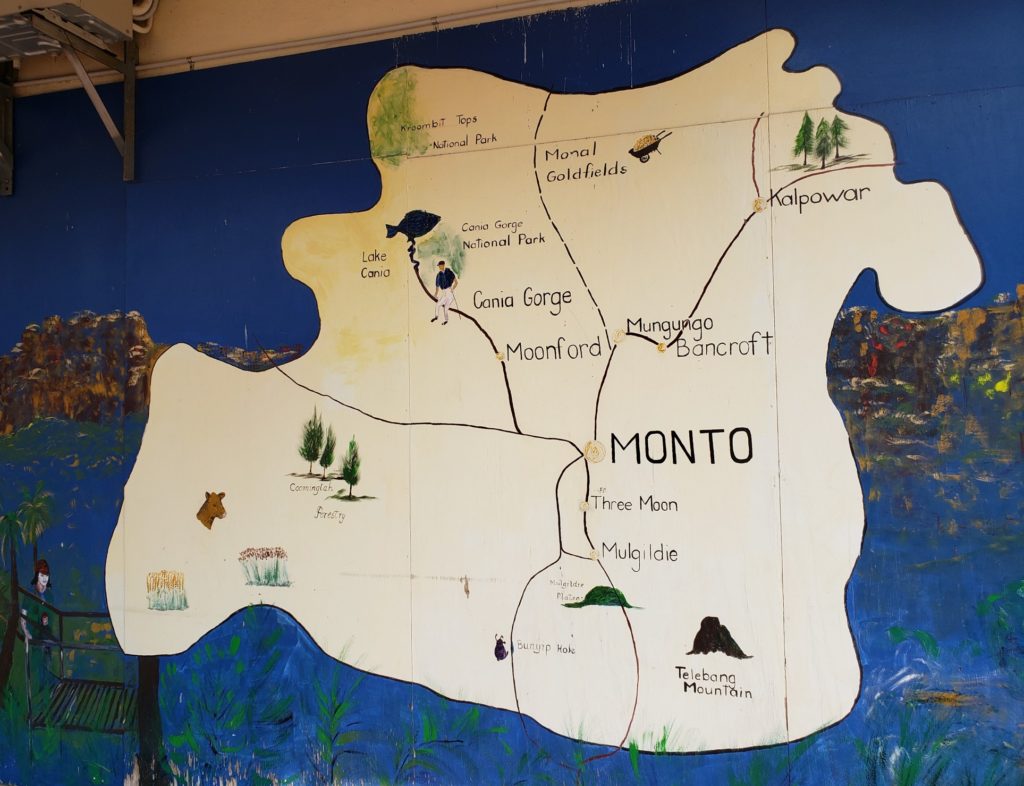
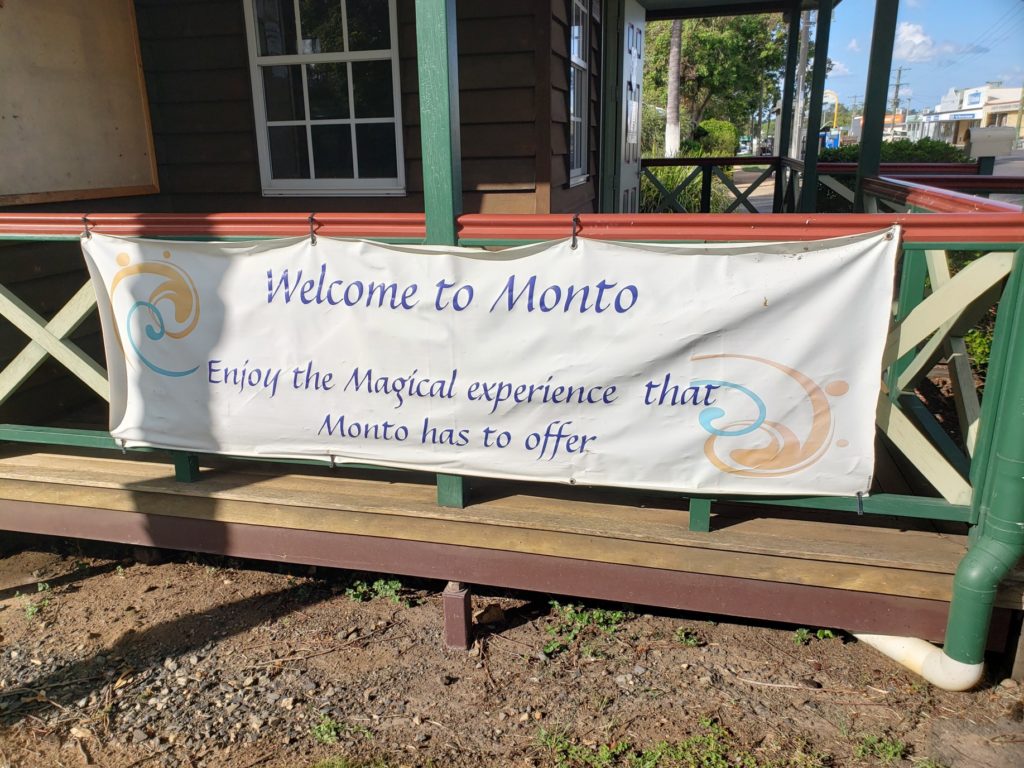
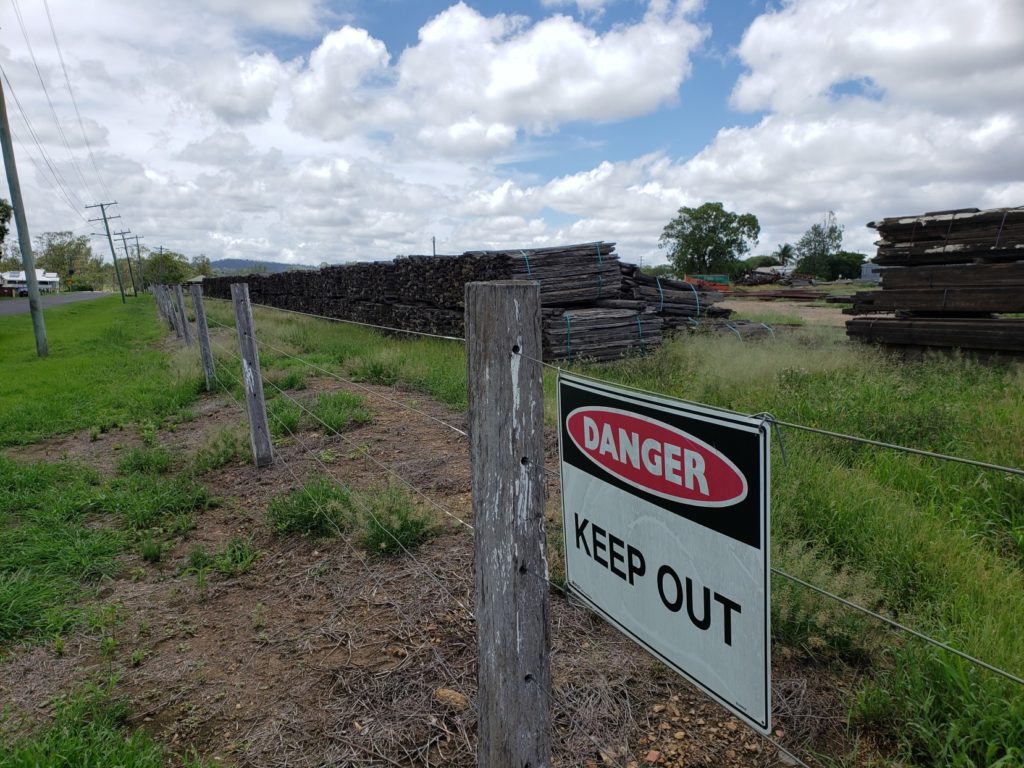
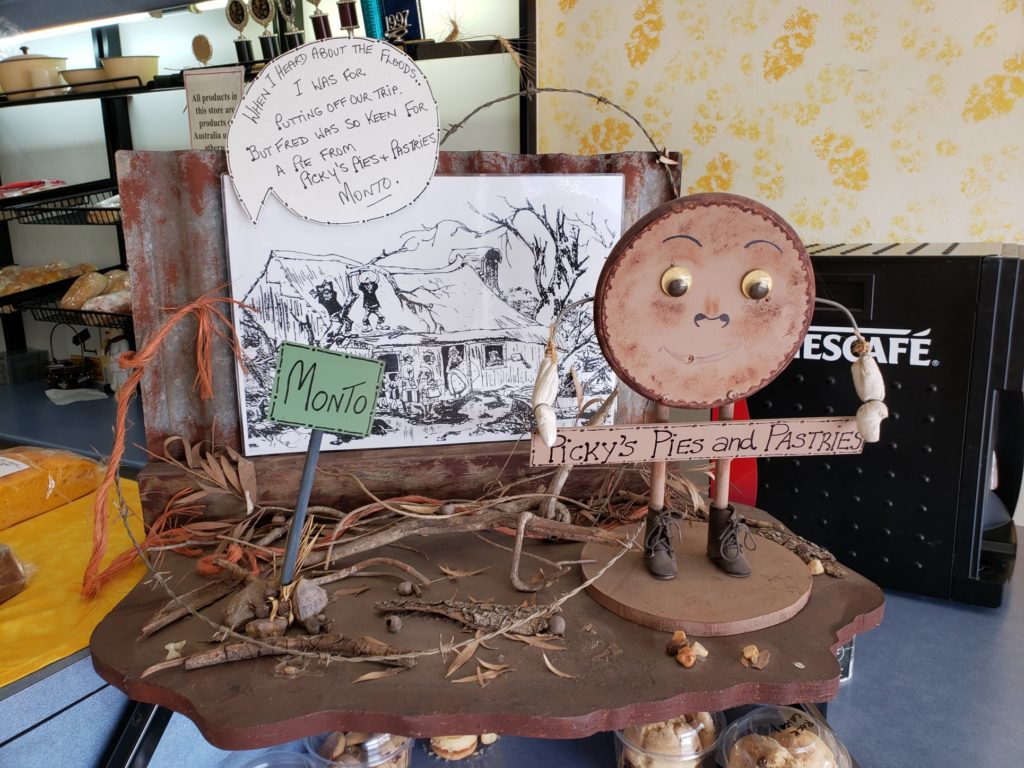
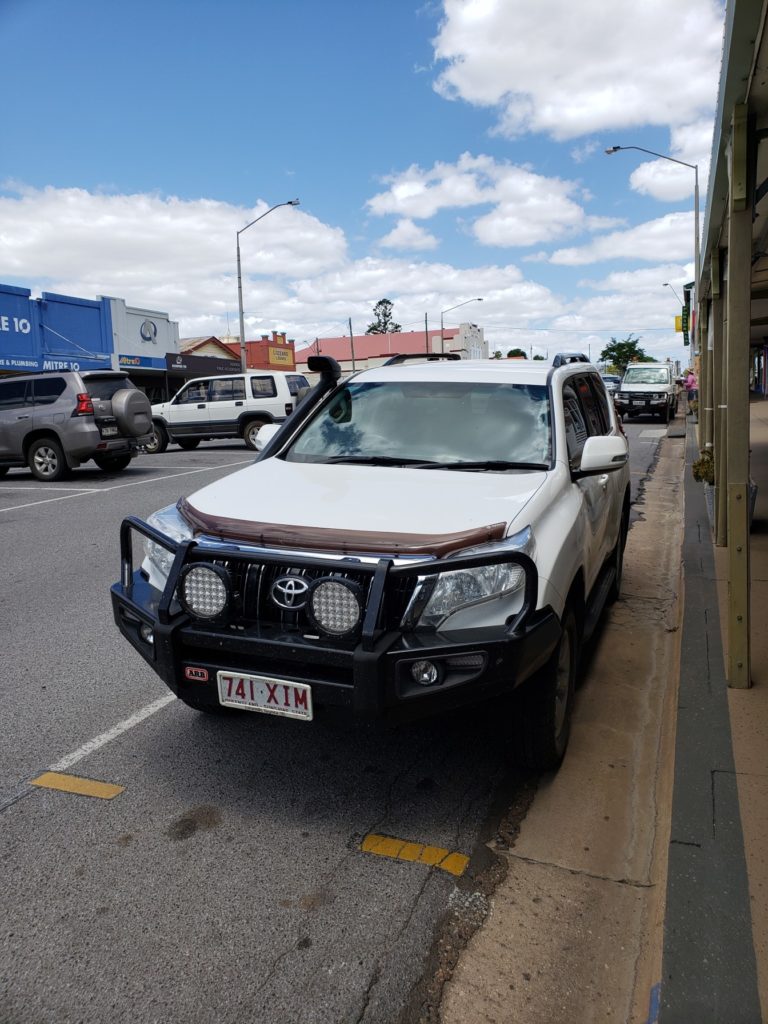
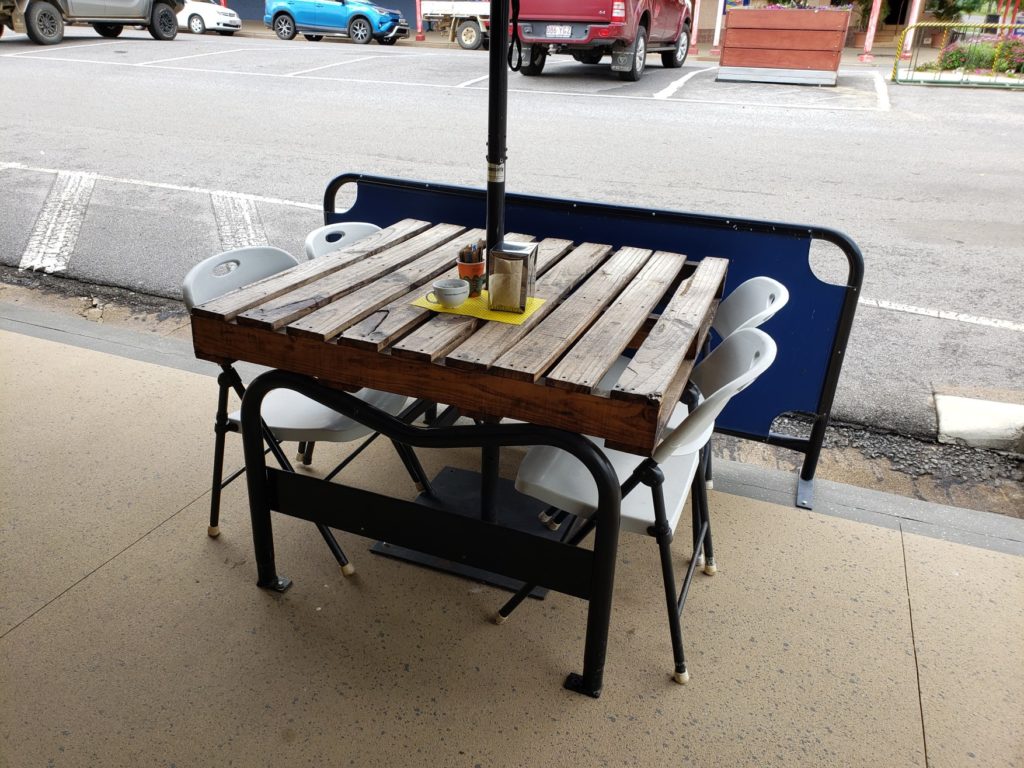
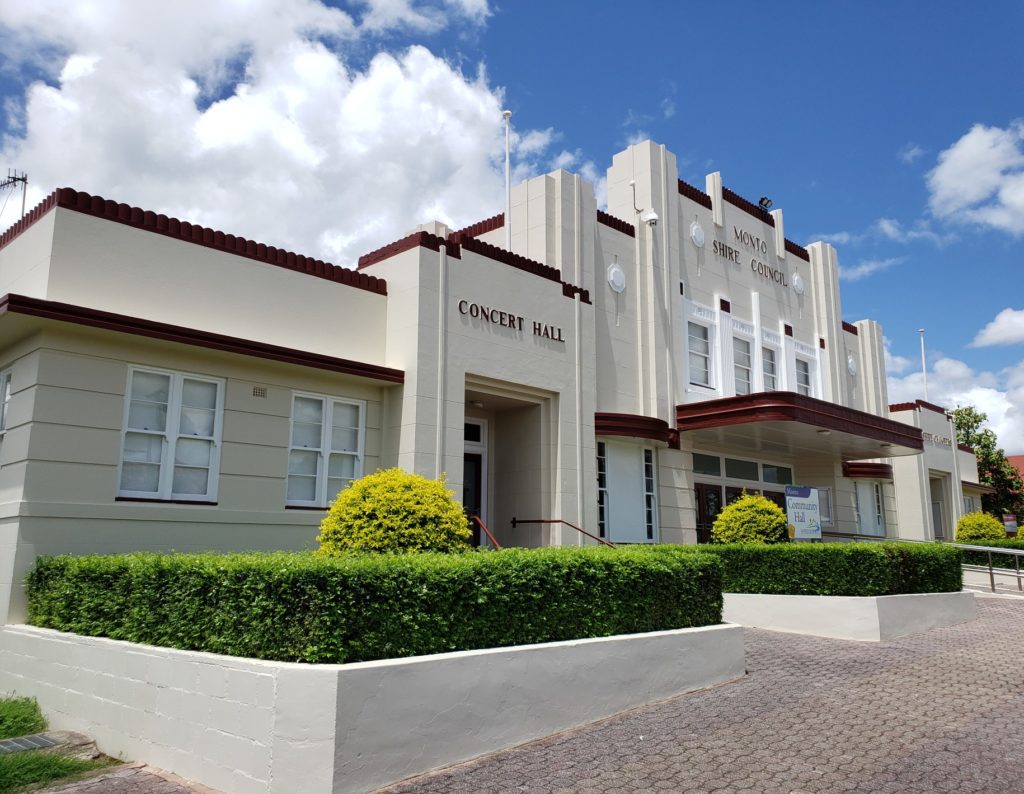
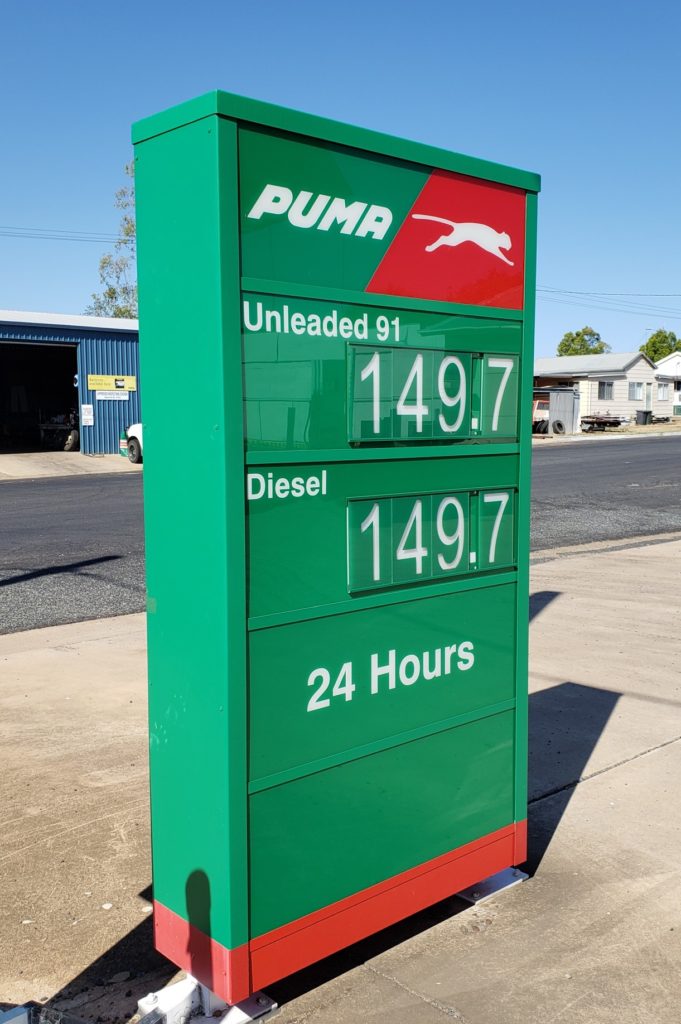
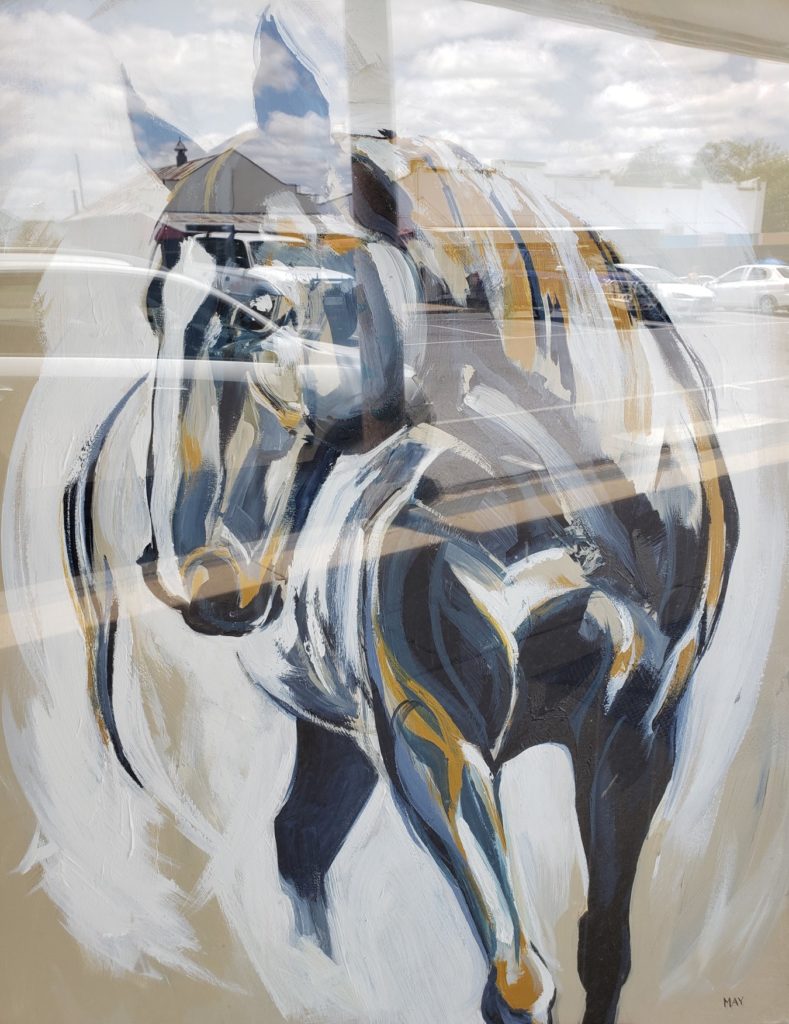
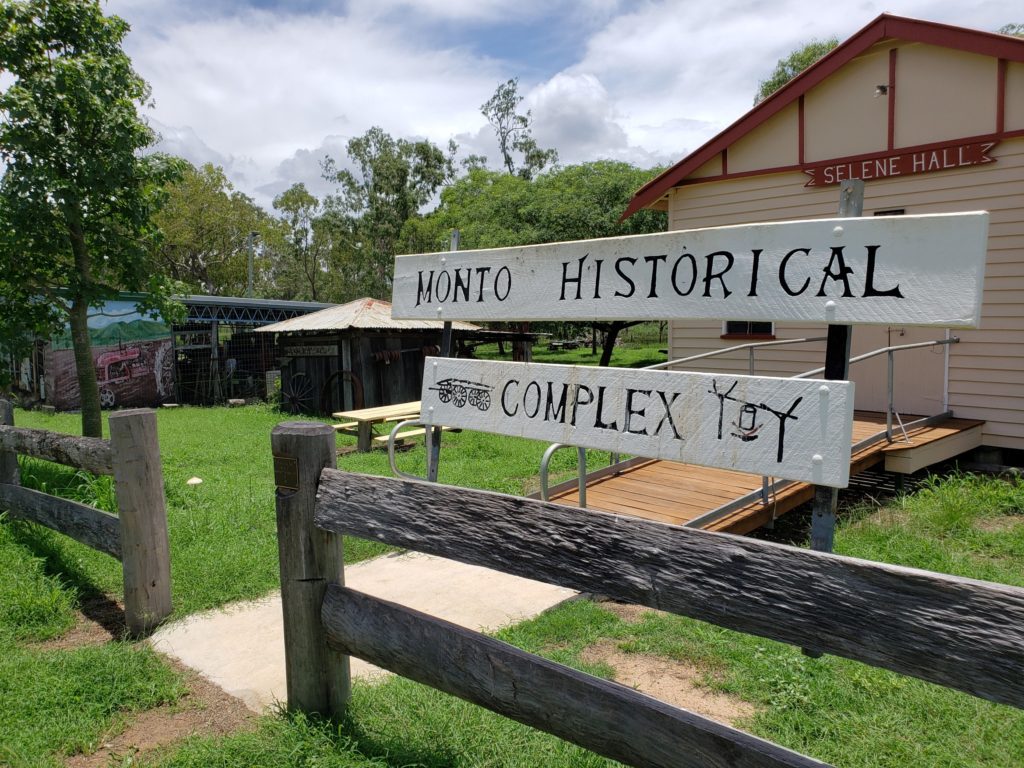
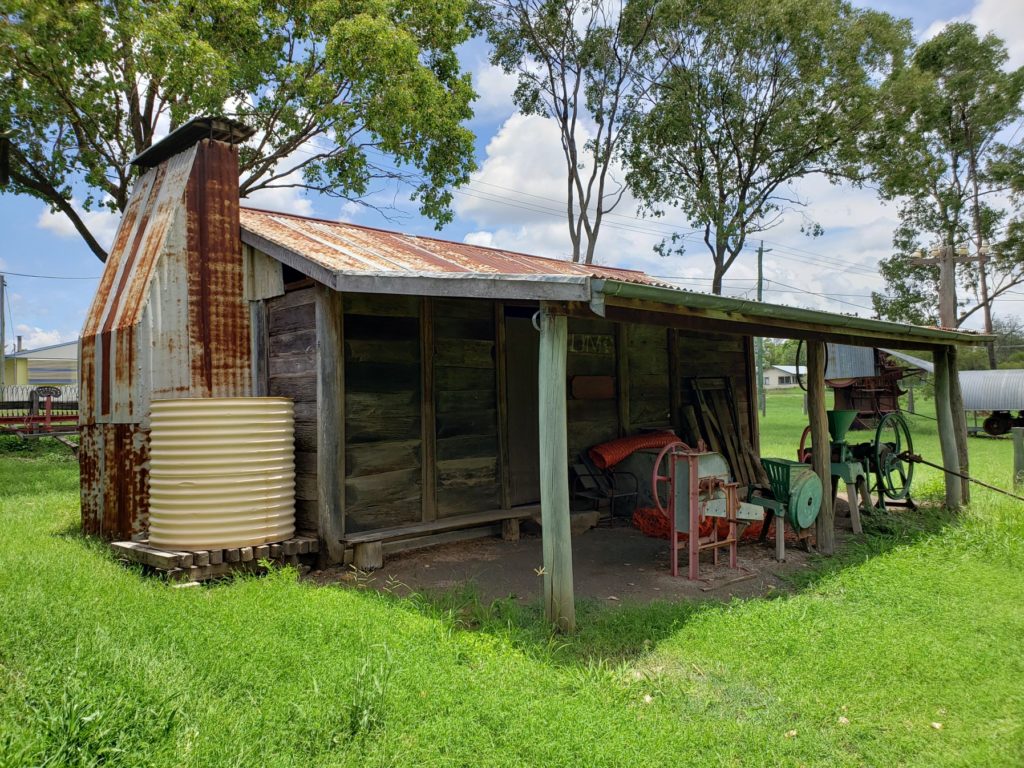
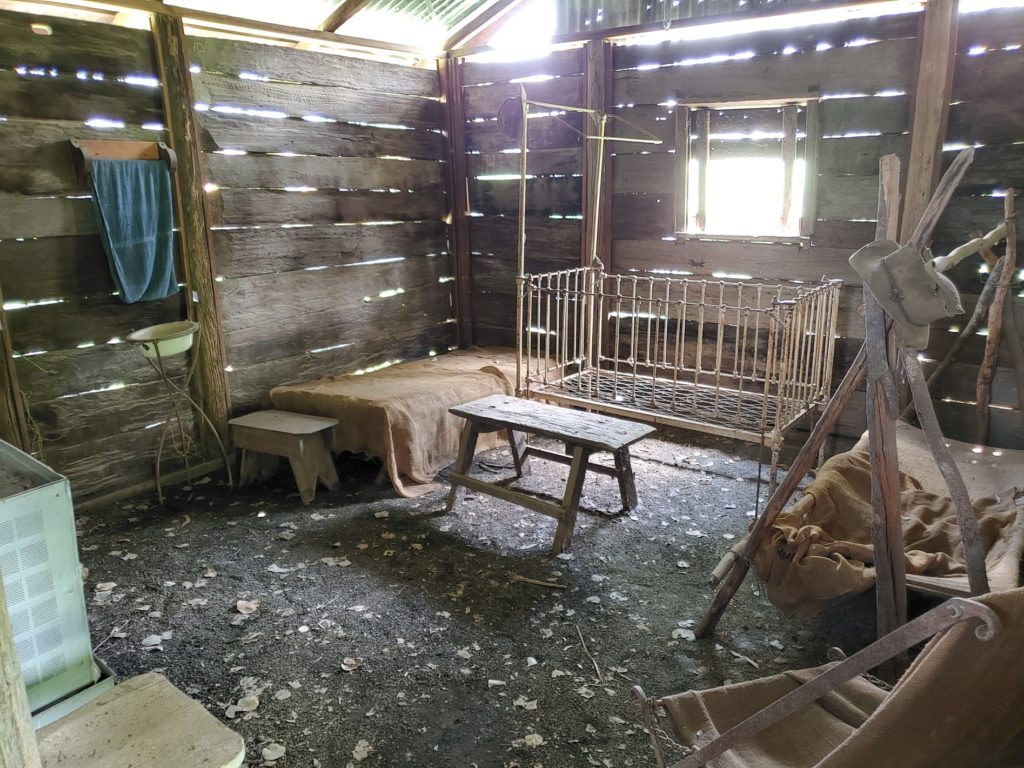
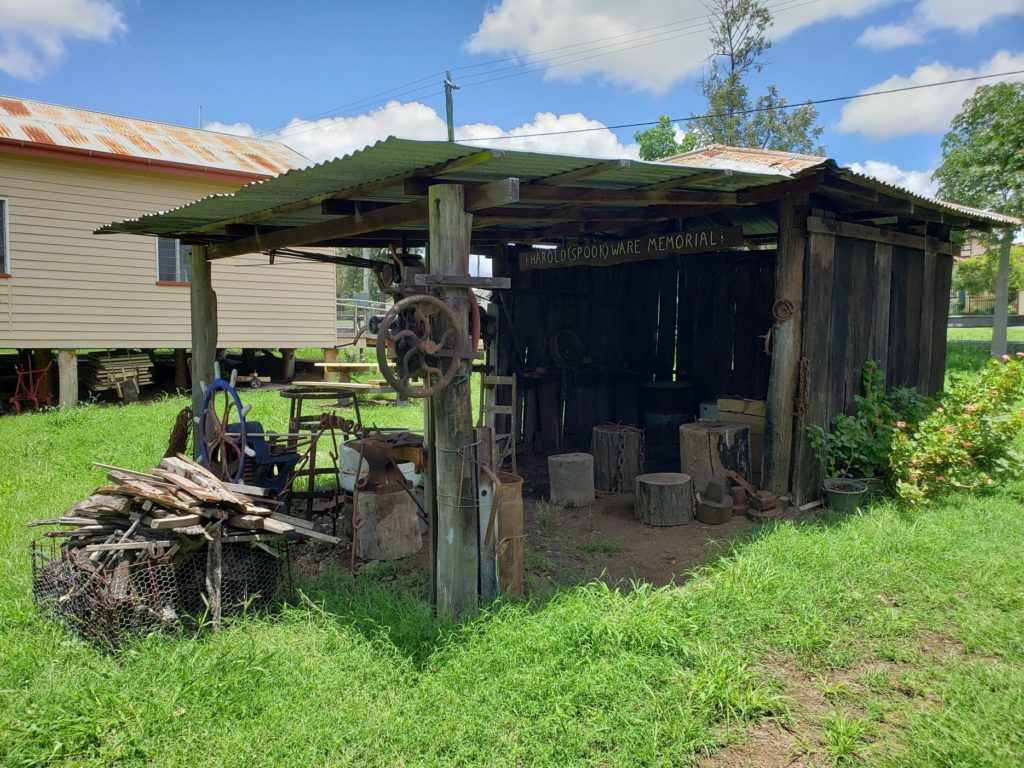
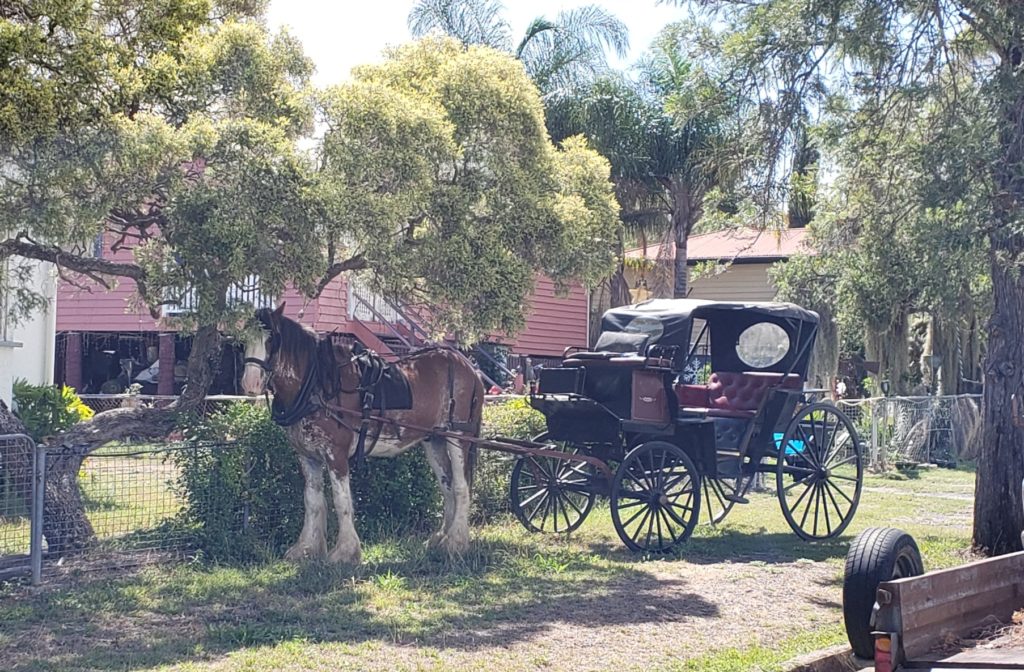
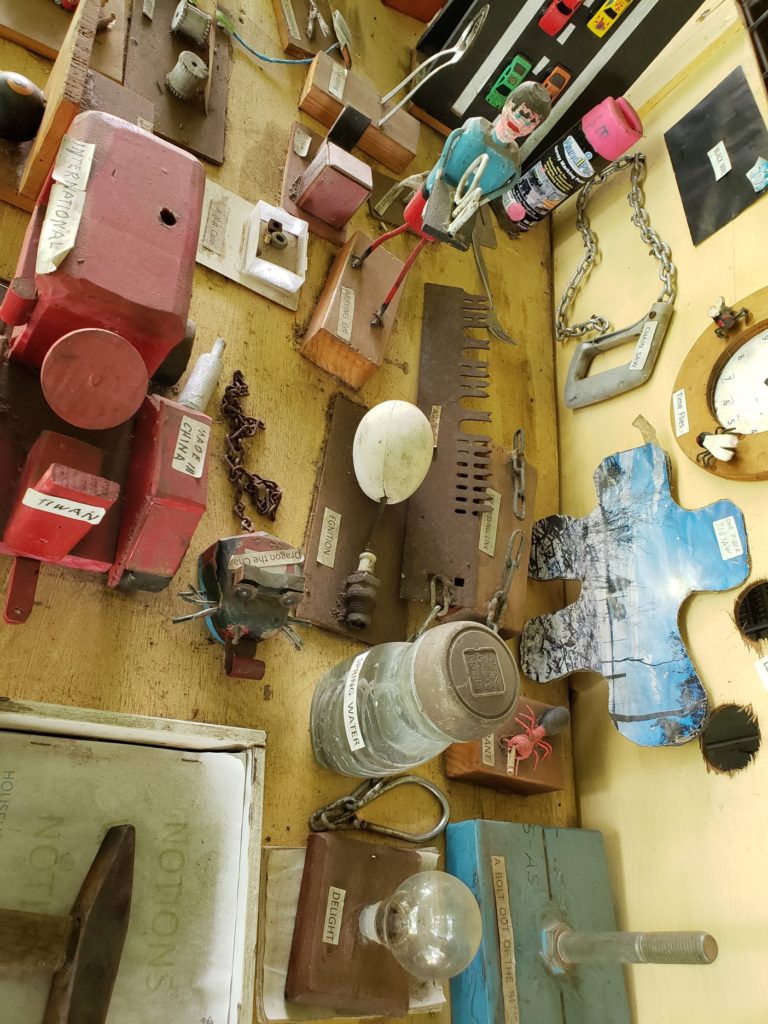

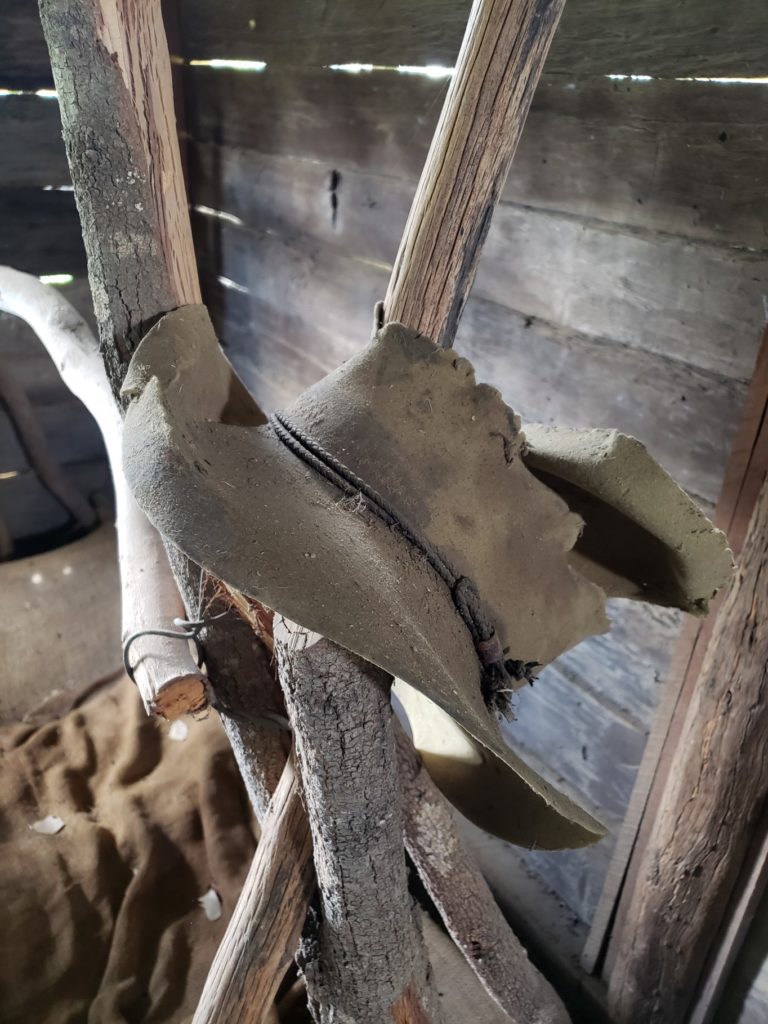
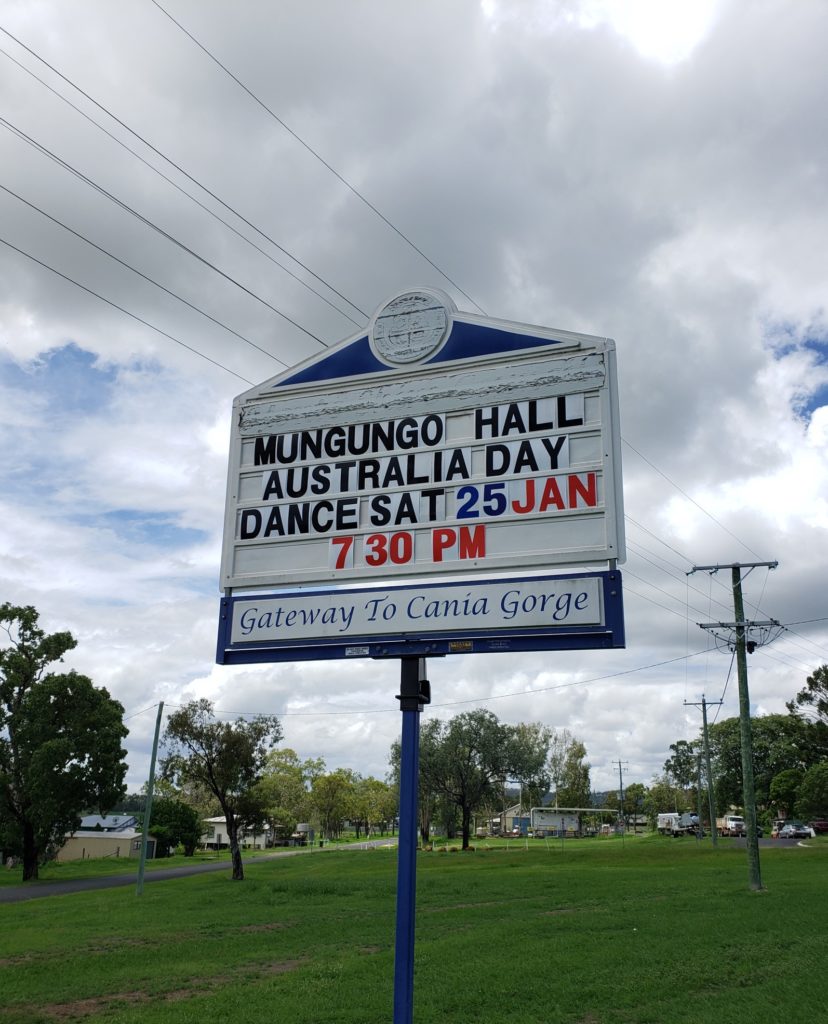
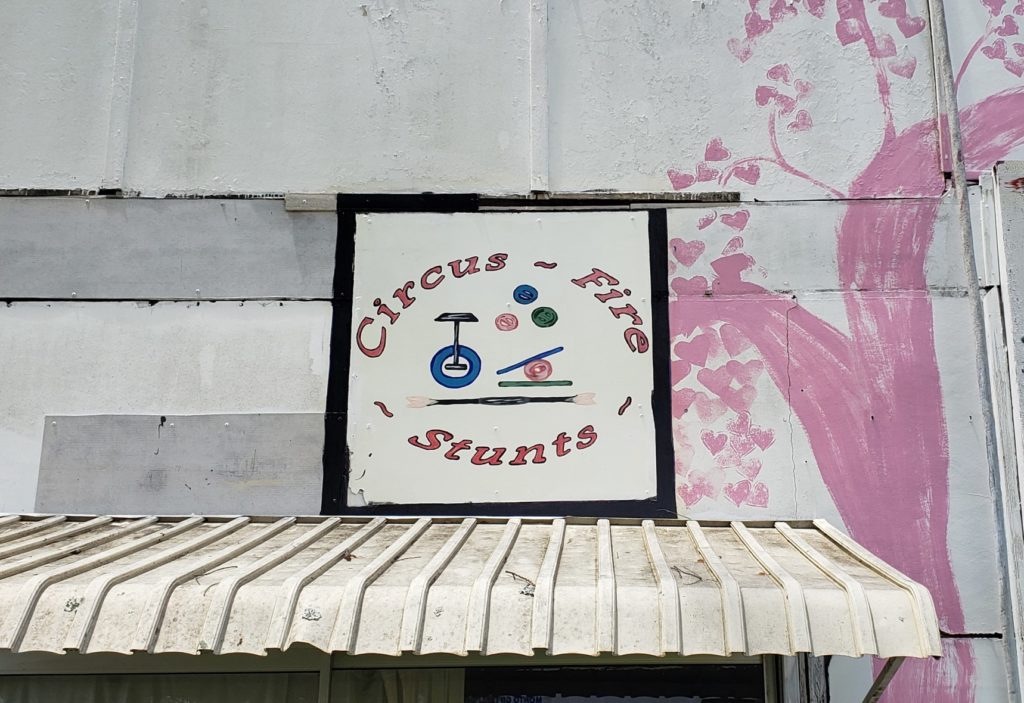


Who knew a car could be fitted with a snorkle!!
Too quiet to hear the heartbeat…
It’s enjoyable to read with Waltzing Matilda of Slim Dusty, a song knew when I was young 🙂
Hong!! Welcome to Australia!